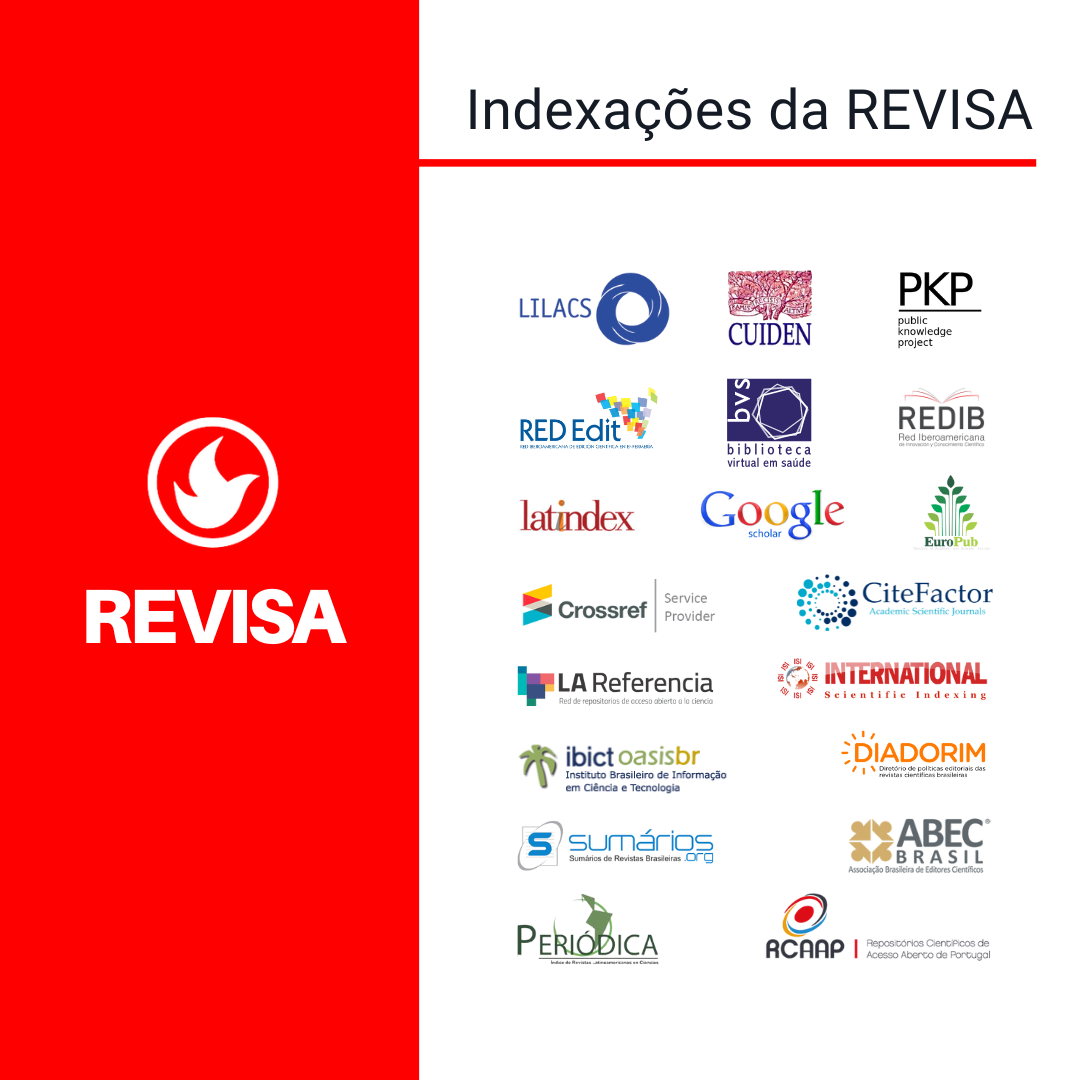Policy Implications for the Growing Diabetes Epidemic in Mexico
Keywords:
Mexico, Health care policy, Diabetes, NutritionAbstract
Increasing rates of diabetes in Mexico have lead health authorities to declare a state of emergency. It is estimated that in 2017 some 13 million, or 10% of people in Mexico have diabetes mellitus, with Type 2 diabetes being the leading cause of death and disability combined in that country. In fact, if rates continue to increase unabated, it is expected to have an adverse impact on the life expectancy of the country. The aim of this paper is to discuss the necessity of expanding health care policy regarding nutrition and the consumption of empty calories to combat the diabetes epidemic in Mexico as well as discussing the importance of exercise, health promotion and health education regarding non-communicable diseases, diabetes detection, and health coverage.
References
Guthrie A, Fleck F. Quality of care is key to tackling Mexico’s diabetes emergency. Bulletin of the World Health Organization. 2017; 95(6): 389-94.
World Health Organization. Diabetes. 2019a.
World Health Organization. The top 10 causes of death. 2019b.
World Health Organization. Global Report on Diabetes. 2016a.
International Diabetes Federation. 2017; IDF diabetes atlas – 8th edition.
World Health Organization. The mysteries of type 2 diabetes in developing countries. 2016b.
Instituto Nacional de Estadistica y Demografia. Población. 2017.
World Bank. Mexico; 2018.
World Health Organization. Mexico; 2019c.
The World Factbook. Central Intelligence Agency. Mexico; 2018.
Institute for Health Metrics and Evaluation. (2018a). Mexico.
International Diabetes Federation. IDF North America and Caribbean members. Mexico; 2019.
Beaubien J. NPR Health. How diabetes got to be the no. 1 killer in Mexico. 2017.
Birn AE, Pillay Y, Holtz TH. Textbook of global health (4th ed.). New York, NY: Oxford University Press. 2017.
World Health Organization. Prevalence of overweight* among adults, ages 18+, 1975-2016 (age standardized estimate): Both sexes, 2017.
Malik V, Popkin B, Bray G, Desprs JP, Hu F. Sugar-sweetened beverages, obesity, type 2 diabetes mellitus, and cardiovascular disease risk. Circulation. 2010; 121(11):1356-64.
Delano JW, Summers H. The trade deal that triggered a health crisis in Mexico – in pictures. The Guardian. 2018.
Popkin BM, Hawkes C. Sweetening of the global diet, particularly beverages: patterns, trends, and policy responses. The Lancet. 2016; 4(2): 174-86.
American Diabetes Association. Food and fitness. 2019.
American Diabetes Association. Physical activity. 2017a.
Gutierrez JP, Garcia-Saiso S, Aracena BM. Mexico’s household health expenditure on diabetes and hypertension: What is the additional financial burden? PLoS. 2018; One, 13(7).
Mexican Observatory on Noncommunicable Diseases. National strategy. 2013.
Organization for Economic Co-operation and Development. Health policy in Mexico. 2016.
Barquera S, Campos I, Rivera JA. Mexico attempts to tackle obesity: The process, results, push backs and future challenges. Obesity Reviews. 2013; 14(2), 69-78.
American Heart Association. Understanding food nutrition labels. 2017.
U. S. Food and Drug Administration. How to understand and use the nutrition facts label. 2018.
Jaacks LM, Siegel KR, Gujral UP, Venkat NKM. Type 2 diabetes: A 21st century epidemic. Best Practice & Research Clinical Endocrinology & Metabolism. 2016; 30: 331-43.
González VC. Risk factors associated to diabetes in Mexican population and phenotrype of the individual who will convert to diabetes. Salud Pública de México. 2014; 56(4): 317-22.
Institute for Health Metrics and Evaluation. Country profiles. 2018b.
Downloads
Published
How to Cite
Issue
Section
License
Copyright (c) 2025 Revista de Divulgação Científica Sena Aires

This work is licensed under a Creative Commons Attribution 4.0 International License.
-
Atribuição — Você deve dar o crédito apropriado, prover um link para a licença e indicar se mudanças foram feitas. Você deve fazê-lo em qualquer circunstância razoável, mas de nenhuma maneira que sugira que o licenciante apoia você ou o seu uso.
- Sem restrições adicionais — Você não pode aplicar termos jurídicos ou medidas de caráter tecnológico que restrinjam legalmente outros de fazerem algo que a licença permita.





